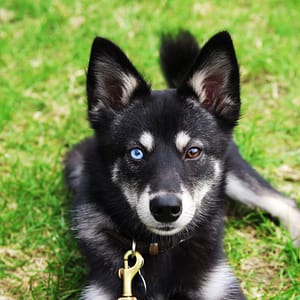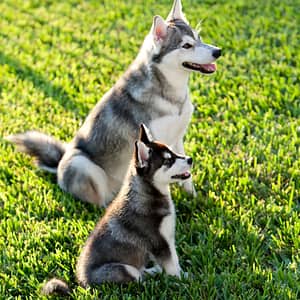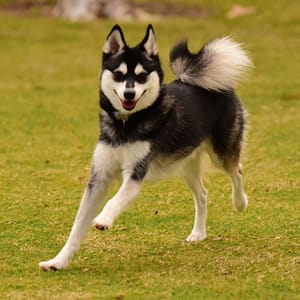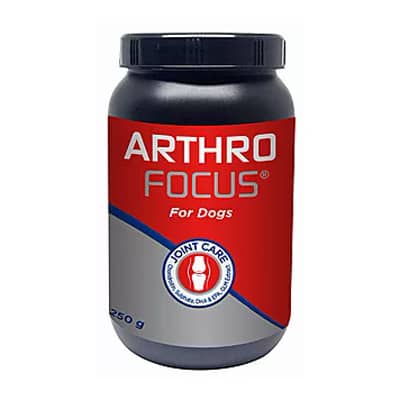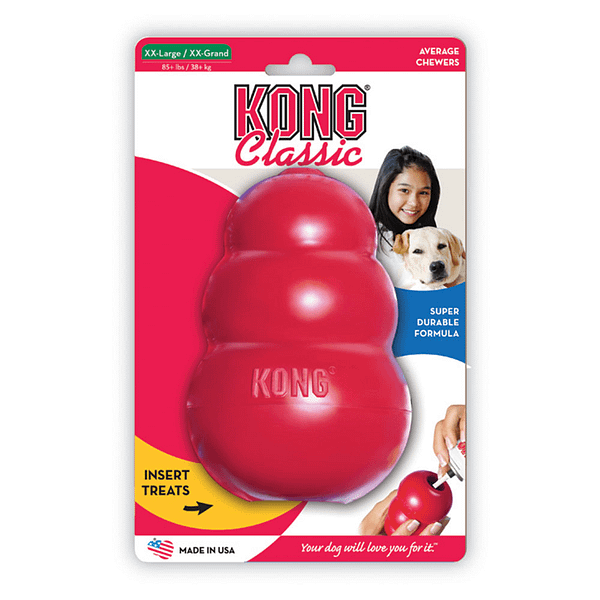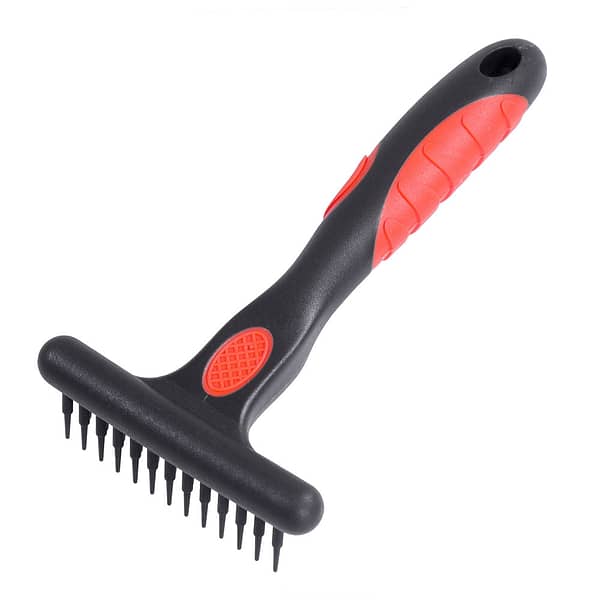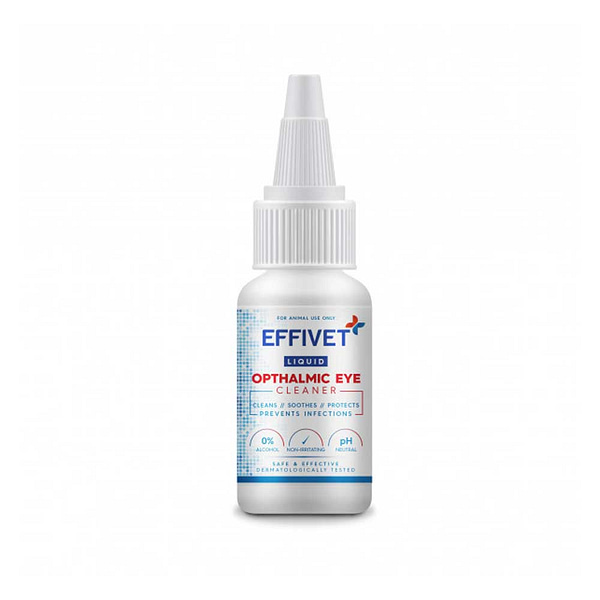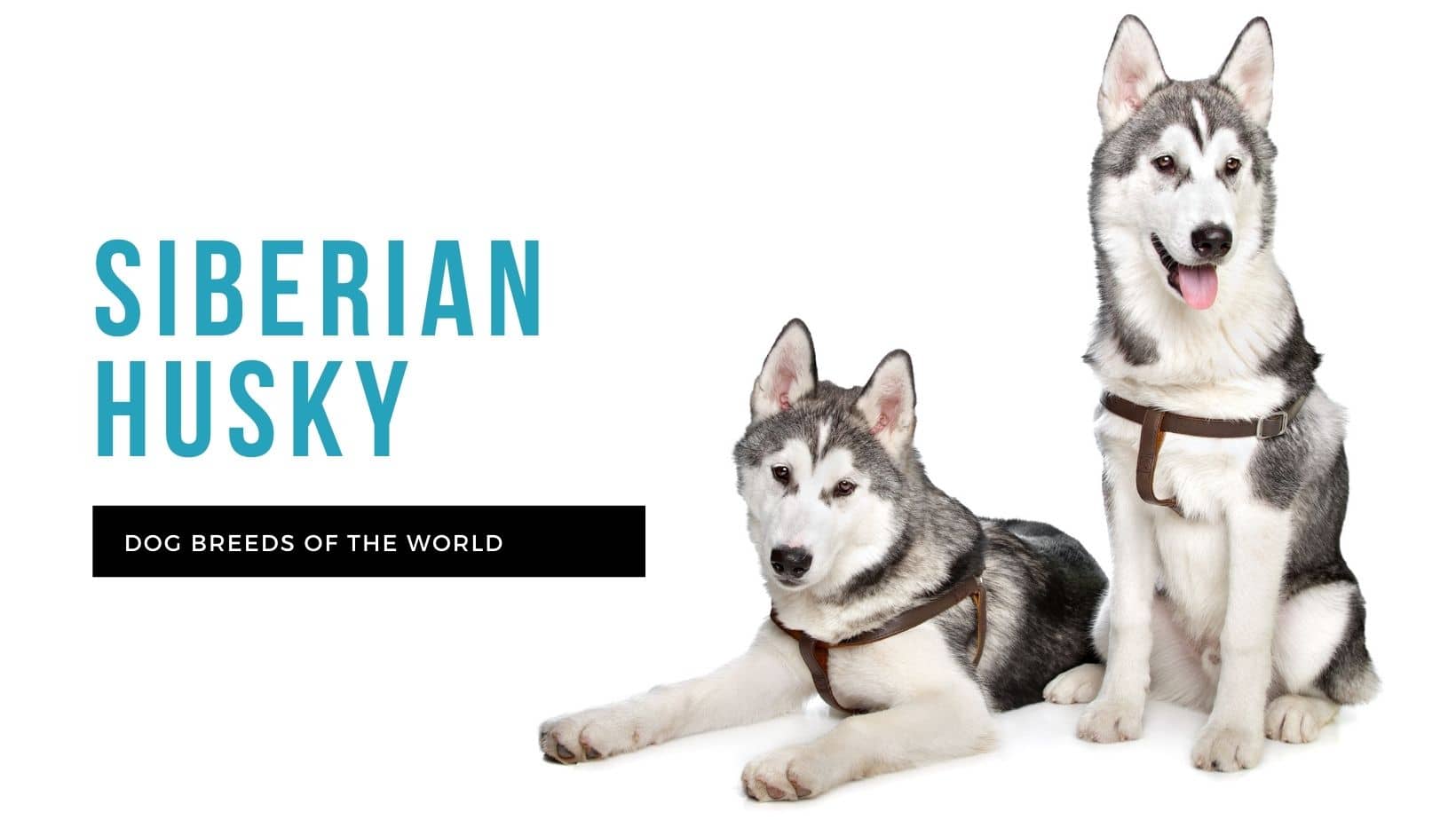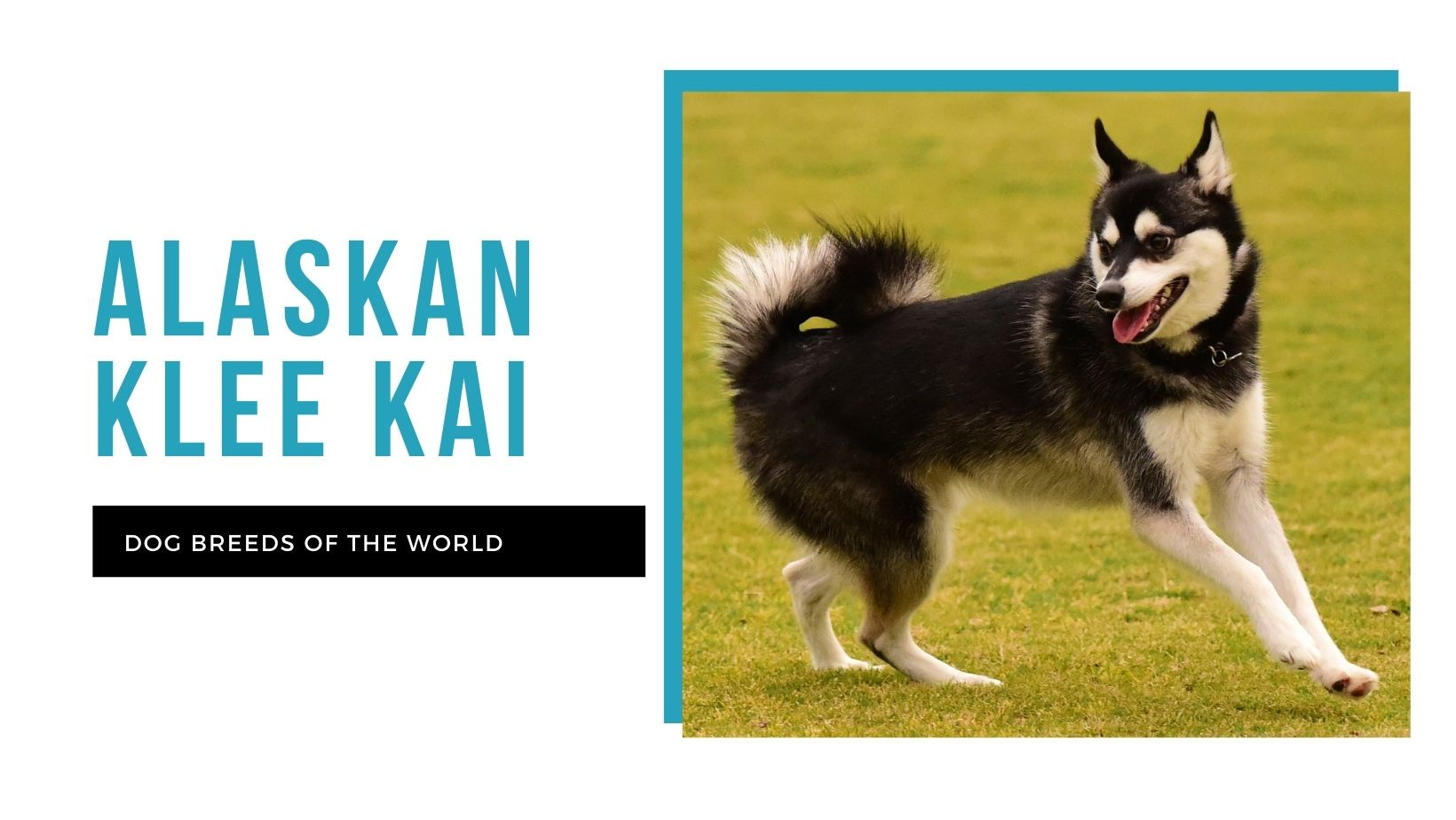
True to his name, the Alaskan klee kai (Alaskan ‘small dog’) looks like a miniature Siberian husky. He has the same thick furry coat and masked face, except he’s ‘apartment sized’ and more sociable and affectionate than the husky. Nimble on his feet and almost catlike in his behaviour, the klee kai is energetic, curious and very agile. He may be small and active, but he doesn’t injure easily because he retains the heavy-boned characteristic of the husky and is tough under all that miniature sweetness.
The Alaskan klee kai is bred in standard size (43 cm; 8 kg), miniature (35 cm; 6 kg) and toy (33 cm; 4,5 kg), with some variation between these three sizes.
History
Since the Alaskan klee kai is bred down from the Siberian husky and other spitz breeds, his ancient history naturally includes theirs. His modern history, however, is a little closer to home in his native Alaska, where Linda Spurlin started a strict breeding protocol to develop this small, agile dog in the 1970s. She knew exactly what type of dog she was breeding for and maintained a very selective process to ensure the klee kai met a high standard for health, temperament and form. The new breed is therefore more companionable, more adaptable and more loving than his bigger cousins.
The Alaskan klee kai was admitted to the American Kennel Club (AKC) in 2020 in their Foundation Stock Service, which recognises the breed as pure, but he may not yet be officially registered. FSS dogs can compete in Companion Events, and their records are reliably maintained while the breed’s development continues.
Temperament
The klee kai is vigilant and vocal, so he makes a great watchdog. He’s also very intelligent and loyal, with some owners testifying to him being a more cuddly and affectionate breed than the Siberian husky. Some individuals can be aloof with strangers, while others are downright skittish and nervous, although this trait is dependent on the amount of socialisation he gets early on.
Where independence and stubbornness are par for the course with a husky, the Alaskan klee kai is meant to be smart and easily trainable – willing to do his human’s bidding. He is, of course, very food motivated, making him a breeze to train with positive reinforcement.
The klee kai ensures he communicates his full range of emotions with a broad spectrum of barks, howls, yips and other vocalisations.
Health
Bred with health in mind, the klee kai is generally a healthy, hardy breed. Responsible breeders will ensure their dogs are healthy and not carrying genetic disorders, so potential owners should ask for health clearances of both the sire and bitch. Health conditions to look out for include:
- Thyroid problems
- Patellar luxation
- Heart problems
- Liver shunt
- Cataracts
The Alaskan klee kai is not yet old enough as a breed to establish any prevalence of genetic disorders.
Exercise Requirements
Bred as a companion dog (not a working dog like his husky cousin), the klee kai nevertheless needs a lot of exercise to ensure he’s tired and obedient for most of the day. Fortunately, the klee kai loves doing ‘exercisey things’ with his humans, so take him for a walk or run, spend time playing with him and you’ll keep both you and him physically and mentally healthy. His intelligence and obedience will also make him a great dog sports competitor… if that’s your thing. When out and about, he should be kept on a leash, as he retains the high prey drive of his pack dog ancestors and he may be inclined to chase after small animals.
Nervous of strangers, the Alaskan klee kai should be socialised with a variety of people and other animals from as early on as possible. This socialisation will likely be a lifelong activity if he is to interact with others. Clever, energetic and highly bonded to his people, the klee kai is relatively easy to train and keen to perform. He is making strong progress as a therapy dog and emotional support animal.
Grooming Requirements
Double coated like the husky, the Alaskan klee kai has a short, thick undercoat and a top coat of guard hairs, which both have an insulating and protective function. The klee kai is an average shedder who needs a weekly brushing; but beware the ‘coat blow’ that happens twice a year, when his brushing and grooming will need to be done on a daily basis to pick up all that loose, dead hair.
Klee kai are clean, low-odour dogs, so he will not need to be bathed regularly. What he will need regularly are nail trims and teeth brushing to keep his feet and dental health in check.
Ratings
Friendliness to other pets
Friendliness to strangers
Behaviour towards children
Statistics
| Size |
Large |
| Type |
Foundation Stock |
| Average adult weight |
Variable kg |
| Average adult height |
Variable cm |
| Average life span |
13 years |
| Breed family |
|
| Area of origin |
Alaska |
Gallery
Product suggestions
Similar breeds


